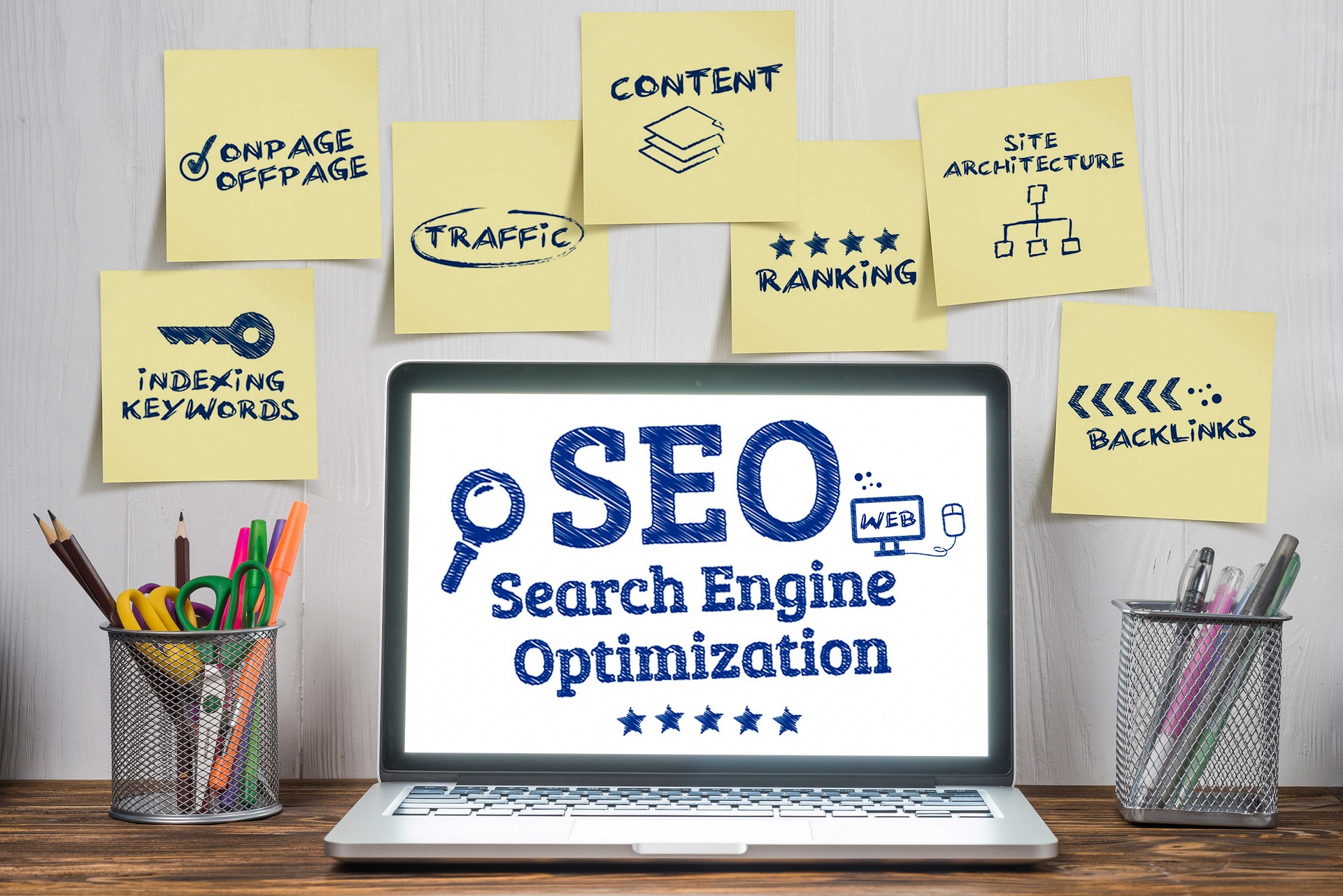Web design and search engine optimization (SEO) are two essential components of any successful online presence. A well-designed website that is optimized for search engines can improve user experience, increase traffic, and ultimately boost conversions. In this blog post, we’ll discuss how to create a website that ranks high in search engines by focusing on web design and SEO.
Design for User Experience
User experience (UX) is essential for any successful website. A well-designed website should be easy to navigate, visually appealing, and responsive across all devices. When designing your website, consider your audience’s needs and preferences. This includes font size and style, colors, graphics, and overall layout. By designing for UX, you can improve the time users spend on your website, reduce bounce rates, and ultimately improve your website’s SEO.
Use Proper HTML Tags
HTML tags are essential for SEO. Proper header tags (H1, H2, H3, etc.) help search engines understand the structure and content of your website. Use descriptive and relevant tags to help search engines crawl and index your website. Additionally, use meta descriptions and title tags to provide concise and accurate information about your website’s content.
Optimize for Mobile
With the increasing use of mobile devices, it’s essential to optimize your website for mobile. A responsive design that adjusts to different screen sizes and resolutions can improve user experience and boost your website’s SEO. Additionally, Google has indicated that mobile optimization is a ranking factor in its search algorithm, making it even more important to have a mobile-friendly website.
Focus on Site Speed
Site speed is a critical factor in both user experience and SEO. A slow-loading website can increase bounce rates and decrease user engagement, which negatively impacts your website’s SEO. Use tools like Google PageSpeed Insights to identify areas where you can improve your website’s speed. This may include optimizing images, minimizing CSS and JavaScript files, and using a content delivery network (CDN).
Content is King
Creating high-quality and relevant content is essential for improving your website’s SEO. Use targeted keywords and phrases that accurately describe your business and services. Additionally, regularly update your website with fresh and engaging content. This can include blog posts, videos, infographics, and more. By creating valuable content that meets your audience’s needs, you can improve your website’s SEO and establish yourself as an authority in your industry.
Conduct Keyword Research
Before creating content for your website, conduct keyword research to identify popular search terms that relate to your business. Use tools like Google Keyword Planner to find relevant keywords that have high search volume and low competition. Incorporate these keywords into your website’s content, headings, and meta descriptions to improve your website’s SEO.
Utilize Internal Linking
Internal linking is a practice of linking to other pages within your website. This not only improves website navigation but also helps search engines understand the structure and hierarchy of your website’s content. When creating internal links, use descriptive anchor text that accurately describes the linked page’s content.
Include Social Media Integration
Social media integration can improve your website’s SEO by increasing its social signals. By including social media buttons and share buttons on your website, you encourage visitors to share your content on their social media profiles, which can increase your website’s visibility and authority.
Incorporate Rich Media
Incorporating rich media, such as images, videos, and infographics, can improve your website’s user experience and SEO. These types of media can help break up large blocks of text, provide visual interest, and increase user engagement. Additionally, optimizing these media files for SEO can help improve your website’s visibility in image and video search results.
Monitor Your Website’s Analytics
Finally, it’s essential to monitor your website’s analytics regularly. By tracking metrics like bounce rate, time on site, and conversion rates, you can identify areas where you can improve your website’s user experience and SEO. Use tools like Google Analytics to track these metrics and make informed decisions about how to optimize your website for search engines.
In conclusion, web design and SEO are two essential components of any successful online presence. By focusing on user experience, proper HTML tags, mobile optimization, site speed, and content, you can create a website that ranks high in search engines and drives more traffic to your business. If you’re considering a website redesign or starting a new website, consider these tips to improve your website’s SEO and achieve your business goals.





